Extreme Tourism
(written Wednesday May 3)
Our first few days in Riverton were a collection of extremes (biggest, oldest, fastest, coldest). But first--here's a snap of the coal fired stove we are using to heat our cottage--takes you back to the displays in museums, doesn't it?--or for some of you, to your own childhood memories! Frank tells me that his paternal grandfather (after whom he is named) made these kind of coal scuttles in Stratford, Ontario back in the 1950's.
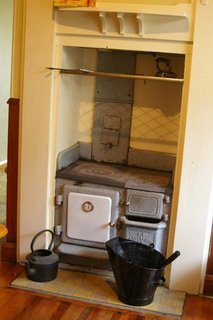
Anyway-- Tuesday in Invercargill, we first stopped at the Southland Museum, where we met Henry, the world's oldest tuatara, who is over 100 years old. Tuataras are reptiles, remnants of the age of dinosaurs, that died out everywhere in the world except New Zealand. Henry is not only the oldest known living tuatara, he is also the biggest at 1.2 kilos. He has lived at the Museum since 1970, but is so nasty-tempered that he has to have an enclosure all to himself. I guess after you reach 100 you have the right to be cranky! We also watched two smaller, younger tuataras fighting in another enclosure--mostly bristling of combs, lashing of tails, and posturing--not much contact. Fascinating creatures, if not exactly cuddly.
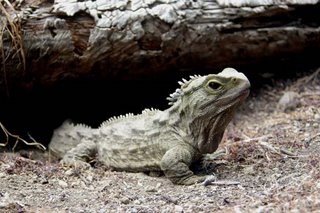
At this museum as well, we saw the bones of moas, large flightless birds hunted to extinction by both Maoris and Europeans in the 1700-1800's. The leg bones on the left belong to the giant moa, which was taller than an ostrich, thus ranking as the world's biggest bird. Bizarre!
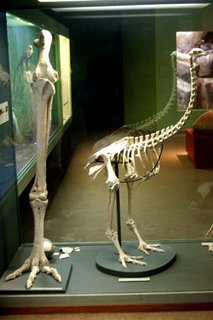
We also saw stuffed huias, also extinct, the only birds that had the male and female beaks differently shaped, to hunt different foods in the habitat. Sad that these beautiful and unique creatures are gone forever.

Another exhibit, about the Antarctic islands south of New Zealand (including Adams Island!) were very convincing about the extreme conditions there. It revealed amazing facts about the birds and sea mammals that manage to live there nevertheless, including huge albatrosses and Fiordland penguins, seals and sea lions.
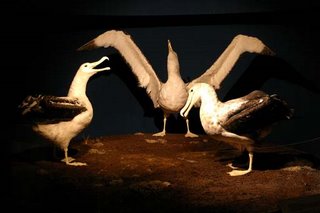
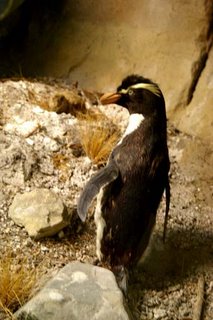
Next, we found Burt Munro's racebike, the world's fastest Indian, displayed in the middle of everyday farming implements at E. Hayes & Sons Hardware on the main street of Invercargill. It was a thrill to see the actual bike portrayed in the movie, plus the Velocette single that Burt raced on the Invercargill beaches, once reaching a speed of 132 miles/hr. Frank was properly reverent, and had me get lots of close-ups!
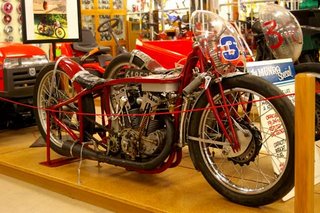
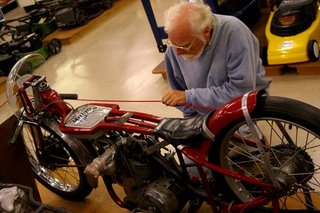
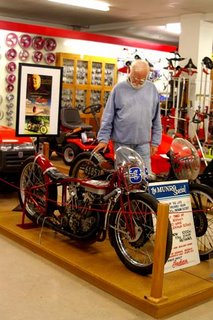
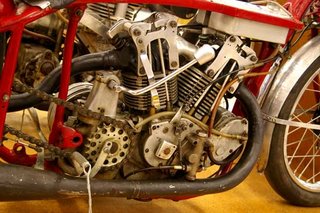
Wednesday, we drove through The Catlins area (Adam and Caitlin, obviously this part of NZ was named for you two!), an area along the south coast just east of Invercargill. First we had to investigate the site of Niagara Falls, New Zealand--named by a surveyor who had been to North America, and obviously had a sense of humour!
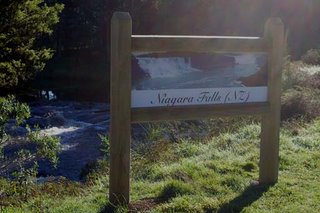
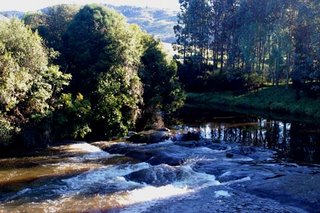
Next we stopped at a Curio Bay, a Jurassic petrified forest, at 1.8 million years' old the world's oldest of its kind. The forest in this area grew up and was then smothered by volcanic eruptions, repeatedly over a period of about 20,000 years. Eventually, the wood in the fallen tree trunks was replaced by silicates, and became rock. Only during the past million years or so has wave action eroded the layers above this one to expose the fossilized tree remains.

This was fascinating enough, but I also loved the very cool seaweed along the edges--I think this narrow estuary looks like some kind of giant car wash with those waving fronds of seaweed--maybe it's a whale wash!
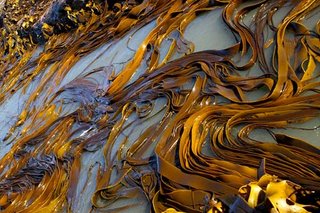
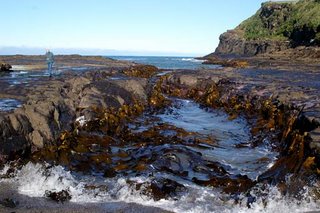
We ate our picnic lunch in blissful solitude near this spectacular scenery.
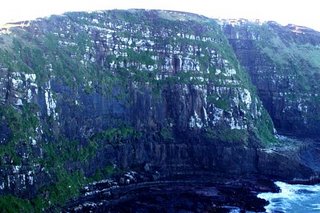
Further along, we walked through a forest of towering podocarp trees, some of the largest species in the world, to this wonderful waterfall at Purakaunui.
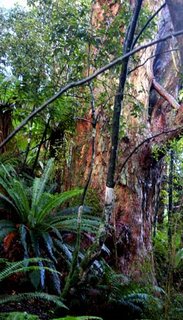
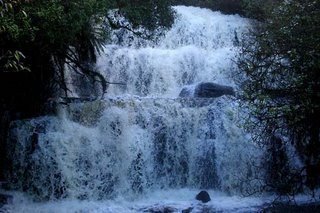 Along the trail, we saw shrubs of schefflera-you know, that potted plant we call umbrella plant? This is how big it grows in the rainforest!
Along the trail, we saw shrubs of schefflera-you know, that potted plant we call umbrella plant? This is how big it grows in the rainforest!
The rest of the drive took us through beautiful green valleys crisscrossed by sparkling brooks, and across rolling hills of tussock dotted with snowy-white sheep, cattle, and deer.
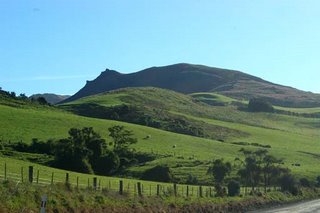
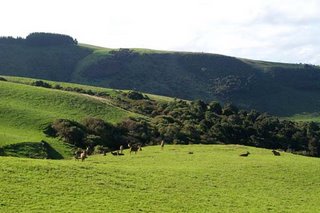
What a lovely area! We arrived back in Riverton in time to enjoy the sun setting over the harbour.
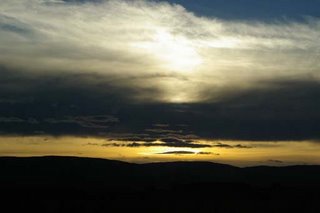
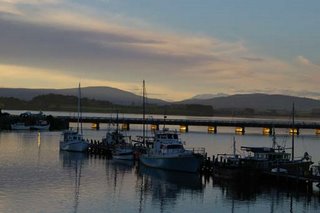

0 Comments:
Post a Comment
<< Home